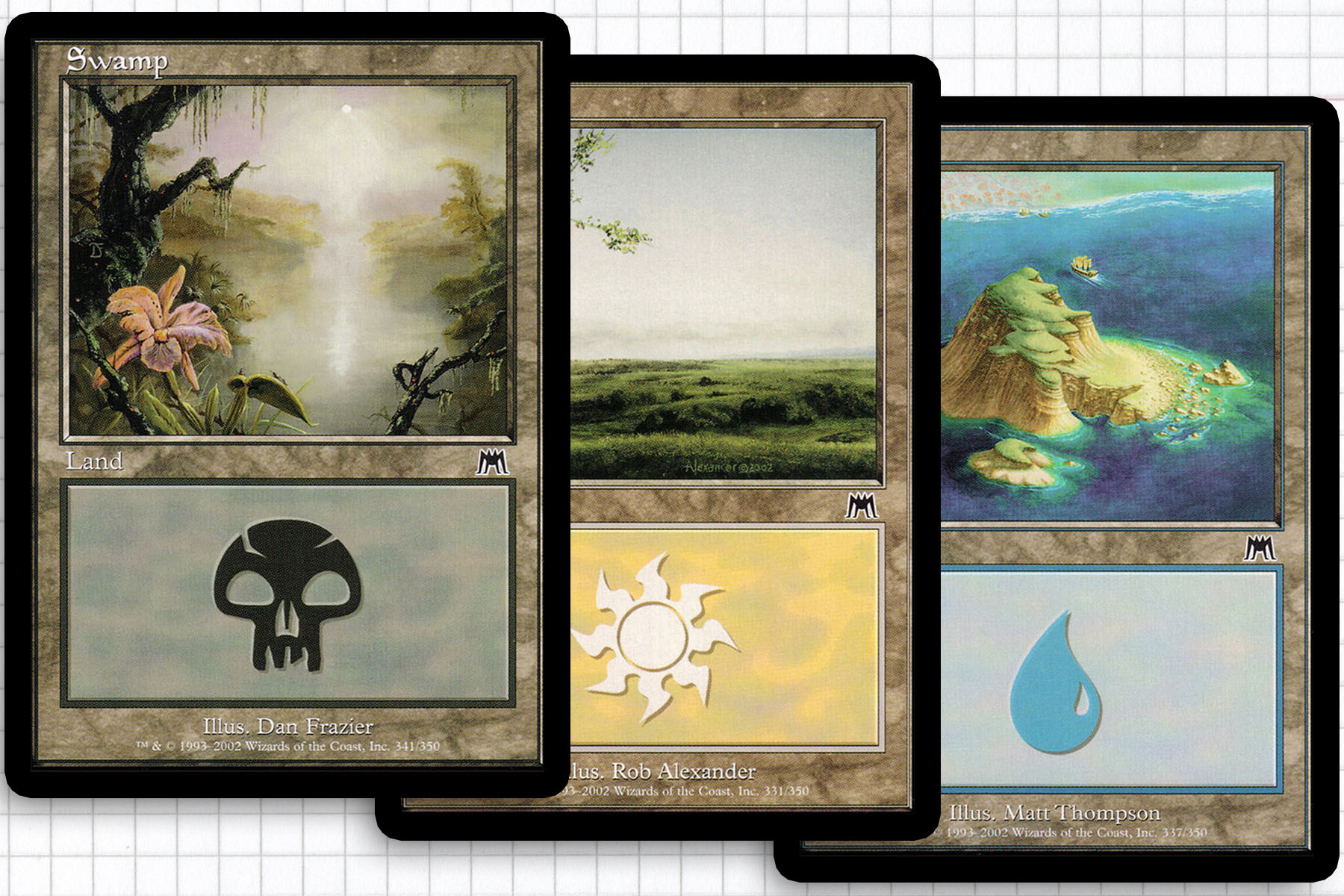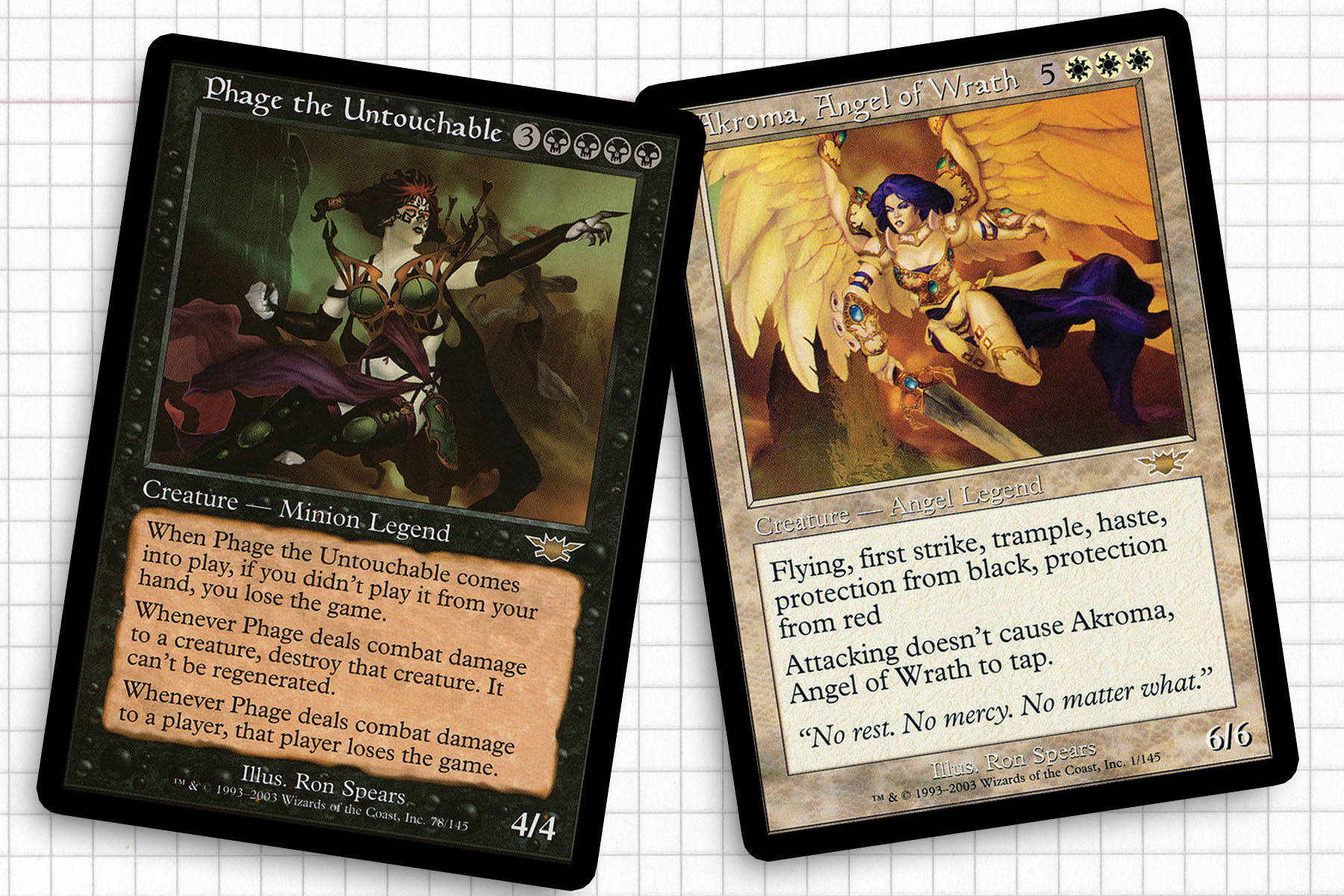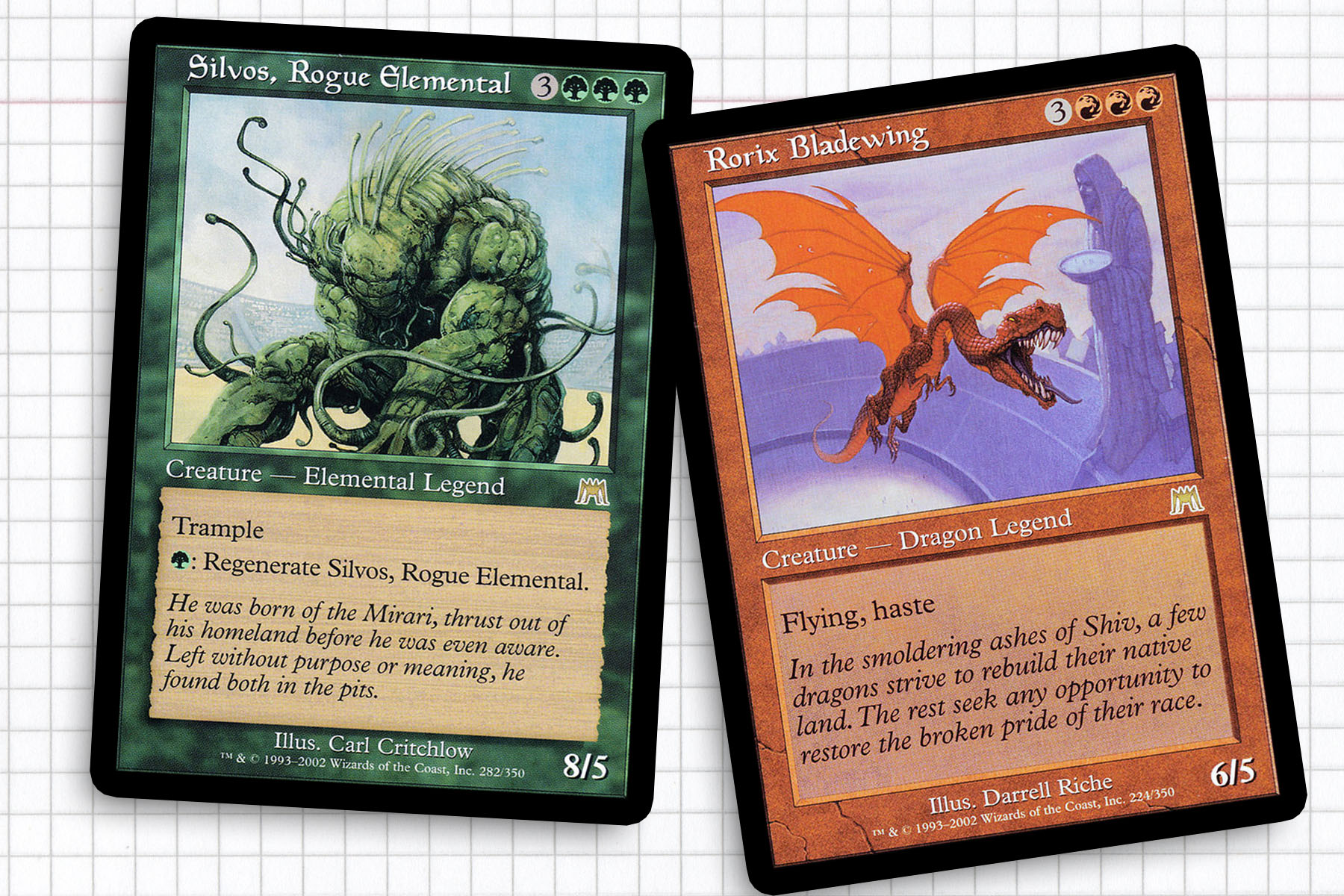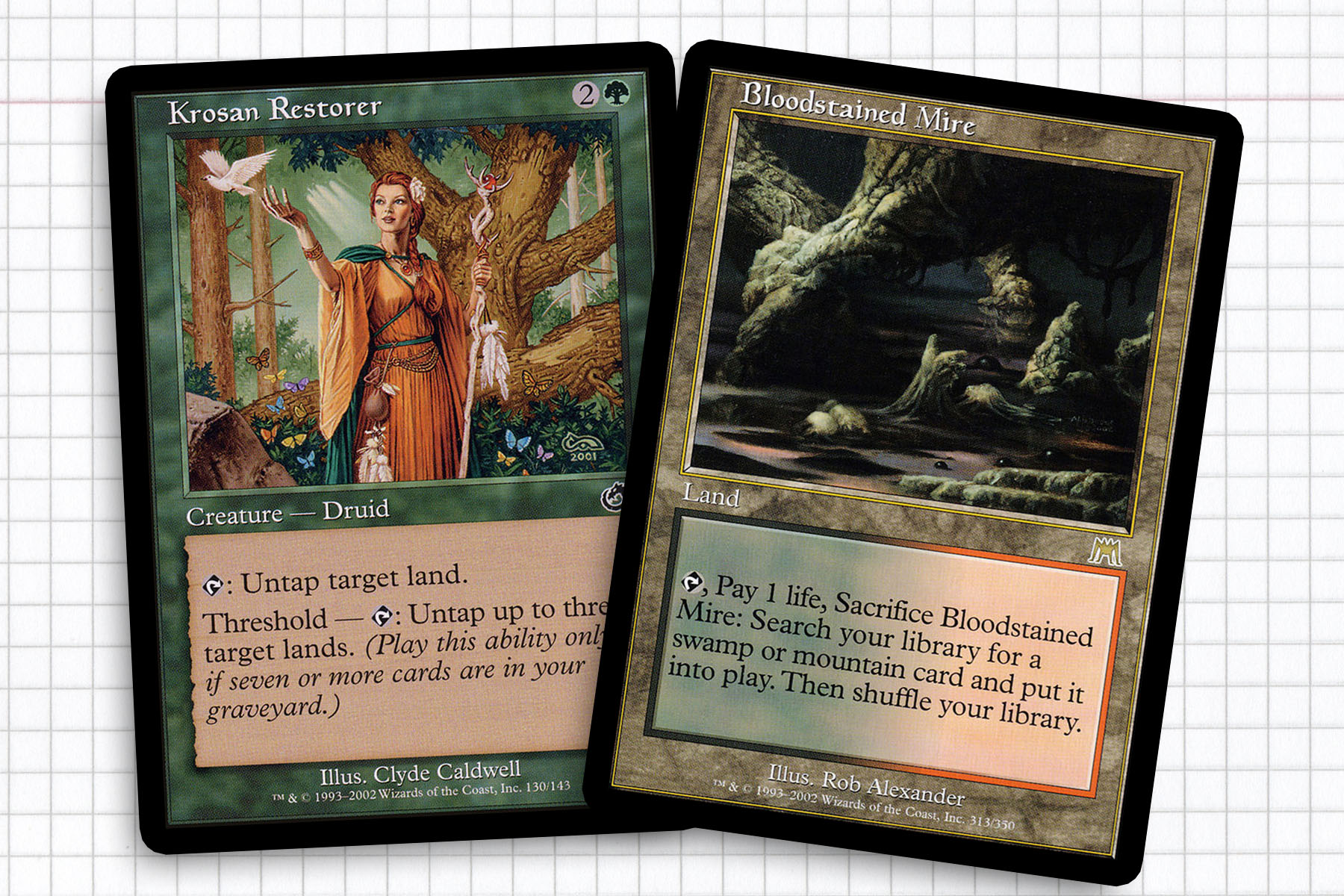I began writing this article with the intention of meeting a September 7, 2017 deadline. Obviously, it took a bit more time to write. Having been a creator of content in some form for much of my life, I’ve had to learn a lot of lessons about how to identify what materials I have to work with, focus on what’s important, and work under harsh deadlines. Some of the best lessons are ones I later failed to follow; others I’ve followed too closely.
Sometimes I fall into the second camp. I remember a lesson from my second day of Painting I, during my third year of college. After buying the supplies and getting everything set up at my station, we were instructed to open up our tubes of black paint and make a dot anywhere on the canvas. A few minutes later, we were instructed that we could do anything with our supplies and canvas we had before us, but this dot would ultimately need to be incorporated into our final painting. The painting that followed that dot came with me out of my parents’ house, into several other houses and is still hung up in my home today. If I remember correctly, it got one of my highest grades of the semester as well.
On the next painting, I did not put a first dot anywhere on my canvas and ten years later, I can actively remember being caught up in decision paralysis, too afraid to commit anything towards the final work. That’s why, every week I try my best to make a first dot for every article. I’m going to write about partner commanders. I’m going to cover the same commander three weeks in a row with three different ideas. I’m going to try my hand at Lovecraft. Yet the dot—“I’m going to build a deck around Karona, False God”—sat in my draft folder for two years.

The Standard View
As Karona was the culmination of the first Standard format I was witness to, I started with the idea to restrict my deck to the cards available in that Standard format. Karona, False God as a card doesn’t reflect the character from the novels—the sum total of all of Dominaria’s mana and an ancient entity that was reborn into the physical world through the fusion of Phage, the Untouchable and Akroma, Angel of Wrath. Instead being the ultimate tribal lord in Magic’s first tribal block, she shifts loyalties and plays friendly with every tribal deck at the table. I was adamant that a tribal deck lay just below the surface for me to find.
I had the deck I wanted to write about, it all seemed so simple. Yet, month after month, I would sit down with the intent to will an article into existence that just never came to me. It was frustrating at first, then I buried the draft a few folders deep so I wouldn’t have to look at it.

A Tale of Two Finishers
Two and a half years into trying to start this article, I finally realized why the deck I wanted to build was never going to manifest. I was trying to build a tribal deck when Karona as a character was what was important to me. I could still keep the Standard-legal window I was looking for, but what I should have been concentrating on was celebrating my love for the Onslaught block.
The two important figures in terms of the lore were of course Akroma, Angel of Wrath and Phage, the Untouchable. These two represented two figureheads of a war within the context of the story, ultimately becoming parts of Karona in the final act. For the briefest of moments, I considered framing this article as a “wish they were partners” variant, but I realized that something more could be made by looking at the important characters outside of these two and keeping the five color identity.
This germ of an idea made me realize that much like how Jace fans have taken Jace, Vryn’s Prodigy and his spellbook cards to help build a character-driven deck, the whole cast of the Odyssey and Onslaught blocks could come together to create a cohesive visual aesthetic. Thankfully, because the two characters had so much weight in the story, they are portrayed on a handful of cards that function as removal or utility. So, beyond including these two finishers, I could use Swat, Syphon Soul, and Jeska, Warrior Adept as lore cards for Phage pairing them with Righteous Cause, Pacifism, and Akroma’s Vengeance to represent the fan-favorite angel.
Over the course of the two blocks, our main protagonist is Kamahl, who watches his sister Jeska fall prey to evil Cabal during Odyssey and be resurrected as Phage in Onslaught. Kamahl was shown in two distinct forms throughout this Standard window. Kamahl, Pit Fighter and Kamahl, Fist of Krosa each appeared on spells that could help to fill out the utility slots needed for this deck. Decimate is a powerful spell once we’re open to flavor text mentions, and Naturalize made its first appearance in Magic showcasing Kamahl. If we want to play like a real deck, both of these spells feel essential.

Incoming Challengers
Both of the blocks packed in a lot of Legendary Creatures into the story—not as high as the story stretching from Weatherlight to Apocalypse, but still. The only issue is that a lot of them only work in their own vacuums and don’t play well together. Case and point, Balthor the Stout is a great pick for a different deck—say Kamahl, Pit Fighter Barbarian Tribal—but Balthor the Defiled could be a great creature to include if we have a high yield of Red and Black creatures. Just watch out for Phage in the yard.
Since we’re not building towards the most optimally perfect or even the most powerful deck, I think each of the “Pit Fighters” from Onslaught—Jareth, Leonine Titan, Arcanis the Omnipotent, Visara the Dreadful, Rorix Bladewing, and Silvos, Rogue Elemental—could be included for their raw power, but also as pieces of story within the Grand Coliseum. Over the course of the story, Kamahl meets Chainer, Dementia Master in the Pit as well, a card that I would also say works in the deck if we are willing to commit slots to helping to produce a disproportionate amount of Black mana.

Five Color Mana Base
As we’re delving into the creatures and spells we want to populate this deck with, we need to address one glaring issue: our mana base. Sticking to the rules I have set for myself, we are starving for mana fixing and we frankly don’t have it. When you think of how mana fixing is plentiful in more recent Standard environments, it boggles my mind. We have the advantage of fetchlands in our available pool, but we’ll only be able to track down actual Forest or Swamp with our respective Windswept Heath and Bloodstained Mire.
As such, basic lands should fill in all the slots not taken up Grand Coliseum, Crystal Quarry, or the “signet lands” like Darkwater Catacombs. This is due to both practicality and because our mana fixing suite will have to include some mix of Krosan Tusker, Explosive Vegetation, Far Wanderings, Krosan Restorer, and Mirari’s Wake to allow us to cast most of your spells after the first half dozen of turns.
And now we’ve reached the lesson that took me the longest time to shake. How to appropriately work under a deadline. In most cases deadlines are very rigid, but in other cases, they sort of don’t mean anything. Especially for my content. In the case of this article and many of my articles for Hipsters of the Coast, the deadline is completely self-imposed. Because of the eternal quality of Commander, most ideas are not time sensitive. Sometimes the deadline is eventual completion of a new deck, which doesn’t just happen in a week. I created a construct because I believed that I needed to force myself to write about every idea I came up with and on the timeline I privately created.
For all this talk, I probably owe you all a deck list.
Commander: Karona, False God
Creatures: Akroma, Angel of Wrath, Arcanis the Omnipotent, Birds of Paradise, Chainer, Dementia Master, Commander Eesha, Elvish Piper, Fierce Empath, Harvester Druid, Jareth, Leonine Titan, Jeska, Warrior Adept, Kamahl, Fist of Krosa, Kamahl, Pit Fighter, Krosan Drover, Krosan Restorer, Krosan Tusker, Llawan, Cephalid Empress, Major Teroh, Mistform Ultimus, Phage the Untouchable, Riptide Shapeshifter, Rorix Bladewing, Silvos, Rogue Elemental, Visara the Dreadful
Enchantments: Cover of Darkness, Dragon Breath, Dragon Shadow, Dragon Wings, Mirari’s Wake, Pacifism, Righteous Cause, Spirit Link
Artifacts: Darkwater Egg, Howling Mine, Moss Diamond, Shadowblood Egg, Sisay’s Ring, Skycloud Egg
Insants: Counterspell, Demystify, Divert, Naturalize, Reclaim, Standardize, Swat
Sorceries: Akroma’s Vengeance, Breath of Life, Careful Study, Decimate, Explosive Vegetation, Far Wanderings, Kaboom!, Pillage, Rampant Growth, Relentless Assault, Rush of Knowledge, Syphon Soul, Zombify
Lands: 8 Forest, 3 Island, 6 Mountain, 7 Plains, 4 Swamp, Bloodstained Mire, City of Brass, Crystal Quarry, Darkwater Catacombs, Deserted Temple, Flooded Strand, Grand Coliseum, Polluted Delta, Shadowblood Ridge, Skycloud Expanse, Sungrass Prairie, Tarnished Citadel, Windswept Heath, Wooded Foothills
But just know that after all this time, I finally understand that it was never really about a deck list. The purpose of writing is to write; with whatever materials I have, focusing on what’s important, and working under imaginary deadlines.
Ryan Sainio is a Graphic Designer who writes about EDH and the EDH community. He has been playing Magic: The Gathering since 7th Edition in 2002 and values flavorful and fun gameplay over competitively optimized decks.

